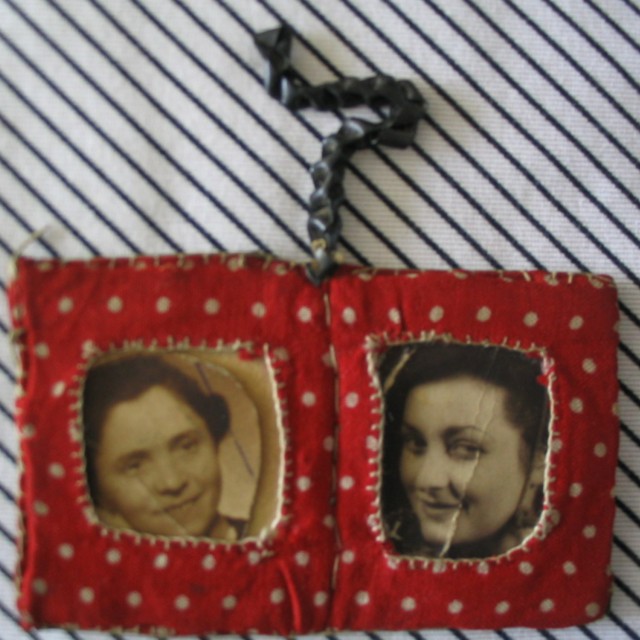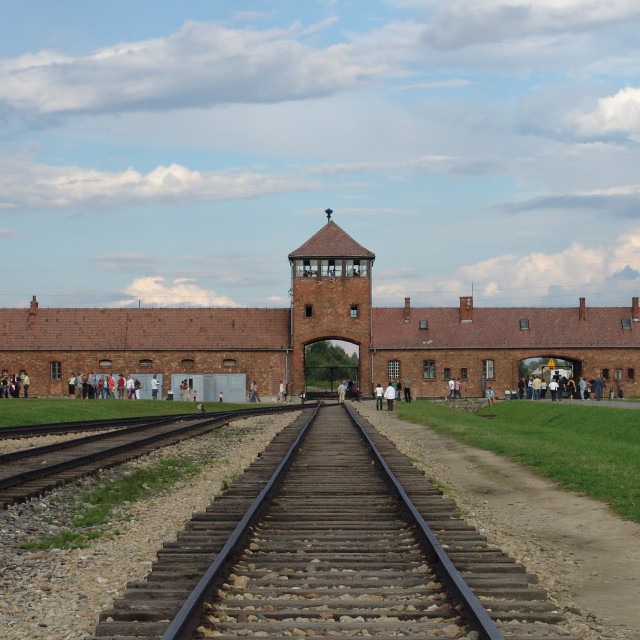
Anna Hyndráková
Ann Hyndráková was born in 1928 in a Jewish family. She spent her early childhood in the same way as thousands of other Czech children and according to her words, the Czech identity was equally important as the Jewish identity for her family. In 1938 came Munich and with it the anxiety of what would follow. At the same time, however, there was faith that the present situation would be short-lived. The year 1939 brought the invasion of the German troops and the creation of the Protectorate. In 1941 Jews had to wear the humiliating star on their clothes and many more special regulations and restrictions - the purpose of which was to isolate Jews from public life - follow. Nevertheless, the Jews still believe that all of this had to end soon. Ann Hyndráková - at this point still Kovanicová - experienced bullying in school, she was not allowed to run in squares and parks or to greet acquaintances. Eventually, the only remaining place where she could play was Jewish graveyards in Vinohrady, Old town and the so-called Hagibor. The father of the family lost his job and was forced to paint lamp shades at home - the children helped as well - to provide for the basic living needs of the family. In 1942 begins the tragic story of the Kovanic family. In the end of this story, Anna is the only family member to survive. The family got on a transport to the Theresienstadt ghetto (in Czech Terezínské ghetto) in October 1942 after having spent six weeks in a gathering camp in Prague-Holešovice. They arrived in Theresienstadt on the 24th of October. Ann's pregnant sister, Truda, and her husband Francis were already waiting in Theresienstadt for them. In the summer of 1944 Ann and her parents were chosen for the transport eastwards to Auschwitz. After the arrival in Auschwitz and a temporary stay in the so-called "family camp" there, the notorious selection occurred. Ann passed and was sent to the so-called "Frauenlager", i.e. the part of the camp for women, whereas her parents didn't pass and were subsequently - after a short stay in the family camp on the other side of the platform - sent to the gas chambers. Ann's sister Truda and her little daughter arrived in Auschwitz in the autumn and were sent from the transport directly to the gas chambers. Ann Kovanicová (Hyndráková) was able to get out of the extermination camp after some time and subsequently lived in several other camps that, however, had more favorable regimes. Together with two friends, she later managed to escape from the death march dispatched from Christianstadt to the infamous Bergen-Belsen. After a few days on the run, however, they were caught by the SS and sent back to the labor camp Niesky and later on to Görlitz, which was headed by the sadistic murderer, a professional villain, Hermann Czech. Ann Kovanicová (Hyndráková) left Görlitz by the beginning of May 1945, when the approach of the Red army led to the disintegration of the camp's administration and guard. She left on horse-drawn cart together with twelve other people that were subsequently leaving for their homes. She reached Prague together with three other people with a poster saying: From the concentration camp back home. From Ann's family, however, nobody but herself returned home.













